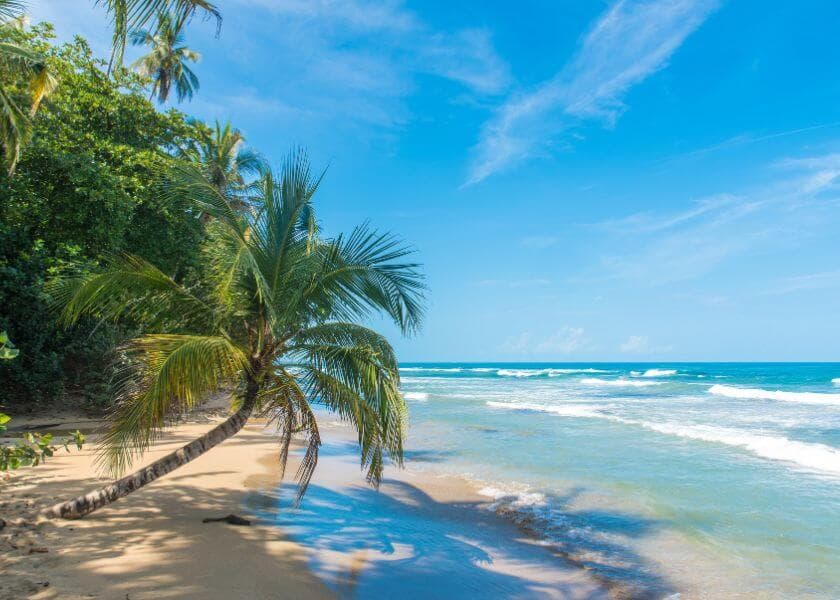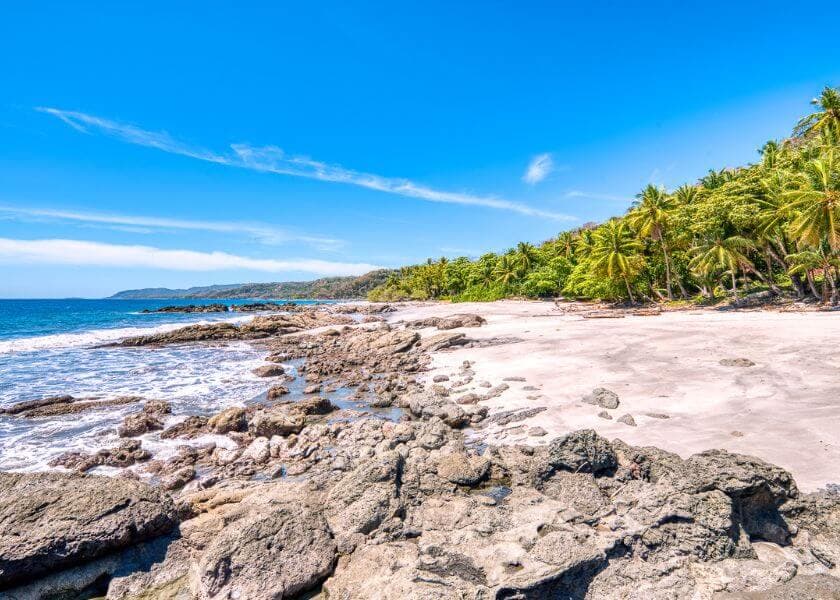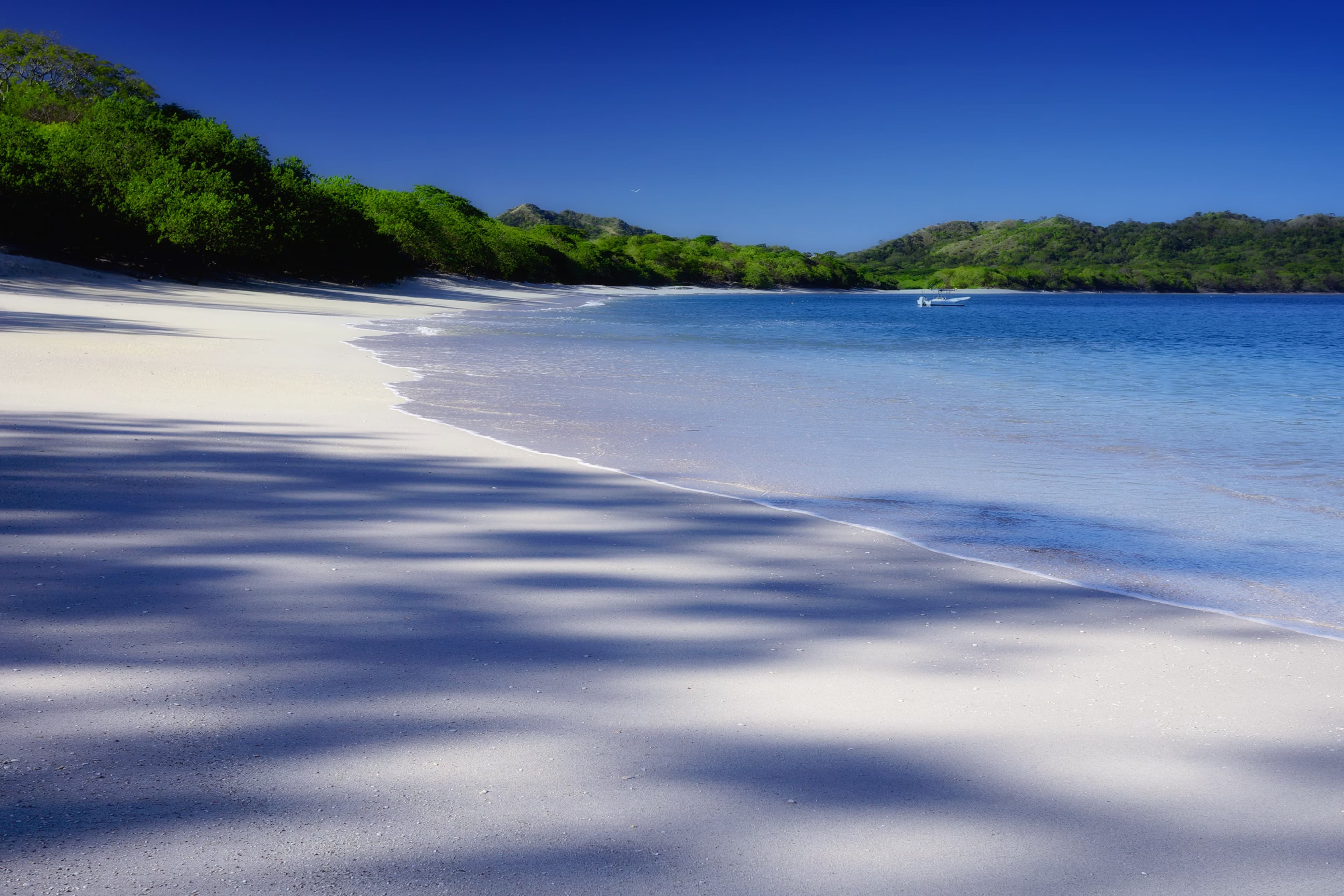Read Our Blog
Tucked into a lush area of Montezuma, Ylang Ylang Costa Rica is where nature, comfort, and authenticity intertwine. It’s not just a resort — it’s a feeling — a rhythm — the kind that invites you to exhale and flow into stillness.
Inclusive here doesn… Read more
Golden sunlight, warm ocean waves, and a paradise made for two — a Costa Rica beach honeymoon blends the best that adventure and tranquility have to offer in a setting that feels like a dream. Step onto the soft sand, hand in hand, and catch the sunr… Read more
When was the last time you truly disconnected from the digital world? In today’s hyper-connected society, we’re constantly surrounded by screens, notifications, and a never-ending influx of information. But what if you could step away, even just for … Read more
Ecotourism in Costa Rica
Costa Rica, known for its stunning natural landscapes and commitment to conservation, is a paradise for ecotourism enthusiasts. In this article, we will explore the top five locations for ecoto… Read more
Are you dreaming of palm-fringed beaches, blue waters, and the soothing sound of waves gently lapping the shore? Look no further than Ylang Ylang Beach Resort! Nestled in the heart of Costa Rica's pristine Nicoya Peninsula, this hidden gem offers an … Read more
Introduction to Costa Rica's Natural Wonders
With a landmass that's a patchwork quilt of diverse ecosystems, Costa Rica is a living, breathing postcard of natural beauty. It's not just the landscapes that are diverse; the country's commitment to cons… Read more
Montezuma is a beautiful coastal town in Costa Rica known for its stunning beaches and other natural wonders. At Ylang Ylang Resort, many of these beaches are just a short distance away and have something unique to offer.
10 Picturesque Montezuma Be… Read more
Key Takeaways
Blue Zones are areas with unusually high longevity rates.
Nicoya Peninsula's status as a Blue Zone is due to unique lifestyle and environmental factors.
Understanding Nicoya's demographic and cultural fabric is crucial in studying it… Read more
There are so many tours and activities to do at Ylang Ylang Beach Resort, we guarantee there will be something for everybody. For our adventurous visitors, we have a large amount of snorkeling and scuba diving in Costa Rica near the resort.… Read more
Montezuma, a quaint town nestled on the southern tip of Costa Rica's Nicoya Peninsula, is a hidden gem waiting to be discovered. The town provides a getaway from the rush of daily life with its verdant landscape, spotless beaches, and dynamic culture… Read more



